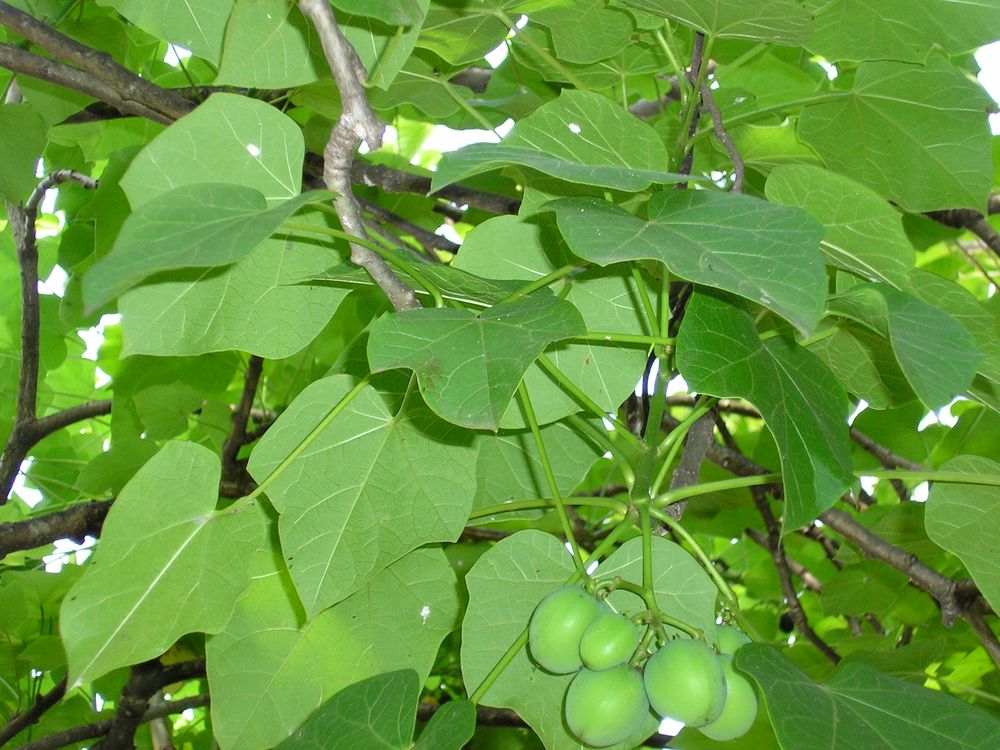
Mission Biofuels Sdn. Bhd
Add a review FollowOverview
-
Founded Date August 10, 1930
-
Sectors AHP
-
Posted Jobs 0
-
Viewed 35
Company Description
Pests Of Jatropha
Jatropha Curcas is getting value commercially as the need of nonrenewable fuel sources increases tremendously and likewise Jatropha is an eco-friendly energy plantation. Plantation of this plant is thought about to be an outstanding fuel replacement and it is also extremely affordable compared to other fuels. Recently, Jatropha is dealing with some problem with bugs and diseases. The pests are classified into 2 varieties: Pest that affect young plants and Pest that affect developed plants.
Young plant insects: Cutworm, Scarabeid Beetle, Army worm, Grasshopper.
Agrotis ipsilon: It is typically referred to as Cut worm. This insect affects the seedlings and young Jatropha plants. If the plant is affected by the cutworm, the stem gets cut nearer to the soil surface and this will shrunk the plant entirely.
Control: This bug can be managed by choosing the larva found around the plants or by mixing the bran, sawdust with insecticides.
Scarabaeid Beetle: This pest ruins the root of the young plant. Initially, the larva takes in the natural matters present in the soil and then pertains to the root. The larva attack might kill the whole plant.
Control: The plant with excellent resistance power can conquer the pest. For heavy attack, insecticides with components carbosulfan and carbofuran can be used to eliminate the insect.
Army worm: Spodoptera litura existence can be determined by biting in the leaves. The extreme infection could totally eliminate the plants.
Control: Insecticides are utilized to manage the pests.
Grasshopper: This is typical insect found in a number of plants. Valanga nigricornis and Locusta migratoria extensively assaults the plant. The insect typically assaults the young plant.
Control: The insecticides used betacyfluthrin, cypermethrin, thiodicarb, MIPC, and fipronil.
Pest observed in fully grown plants:
Pest of Stem: Ostrinia furnacalis, Xyleborus spp.
Ostrinia furnacalis and Xyleborus: This pest harms the Jatropha stem and it is widely seen in Indonesia. The stem attacked by this bug generally fall down. The presence can be recognized by the larva penetration hole at the stem.
Control: The Insecticide generally utilized to manage this pest is carbofuran.
Pest of leaf: The typical insects observed are leaf caterpillar, Neetle caterpillar, Leaf hopper, Mite, Ear corn caterpillar.
Leaf Caterpillar: This insect can consume all the leaves of the plant in short duration. The quality and yield of the seeds get lowered due to the heavy attack.
Control: This can be controlled by selecting the old larvae around the surface and discarding the attacked leaves.
Needle Caterpillar: This caterpillar is covered with spines and produces a burning sensation when permitted to exposure to skin as it produces particular chemical substance. Initially the insect crowded in the leaf and then spread out all over the plant when it ages.
Control: Manually, the bug can be killed only by it in water or kerosene. The heavy attack can be controlled by spraying organophosphate insecticides.
Leaf Hopper: This pest is found primarily in tropical and subtropical areas. The insect targets the leaf and sucks all the nutrients of the leaf and gets curls at the suggestion. Later, the whole leaf dry and die.
Control: The heavy attack can be managed by utilizing insecticides like imidachloprid, beta cyfluthrin or carbosulfan.
Mite: Mite likewise attacks the leaf and makes the entire plant weak. The insect presence can be determined when the leaf become yellowish, shrinks, turns red and fall down. The bug can likewise be spread out through fallen leaves.
Control: Some preventive measures can be done like proper sanitation and burning the fallen leaves. Heavy attack can be dealt with by spraying insecticides.
Some awful insect which assaults flower and fruit are, Stink bug (Nezara viridula)
Chrysocoris javanus, Tip borer caterpillar.
Stink Bug: Sting bug is a severe bug which assaults the plant during bloom period so the crop yield totally drops. This bug is seen around the tropical area.
The toxic enzyme in the plant diminishes the entire plant.
Control: Insecticides suggested for this pest is chlorfluazuron, diflubenzuron, alfamethrin, and lamda cyhalothrin.

Tip borer caterpillar: The pests frequently takes place attacks the plant in flowering season and this insect is seen widely in tropical regions. The female pest laid the eggs on the tender part of the plant and the young larvae feed the young fruits and plant suggestions.
Control: Manually, the assaulted seeds are advised to burn. The insecticides like monocrotophos and bensultap are sprayed at the flowering season.
